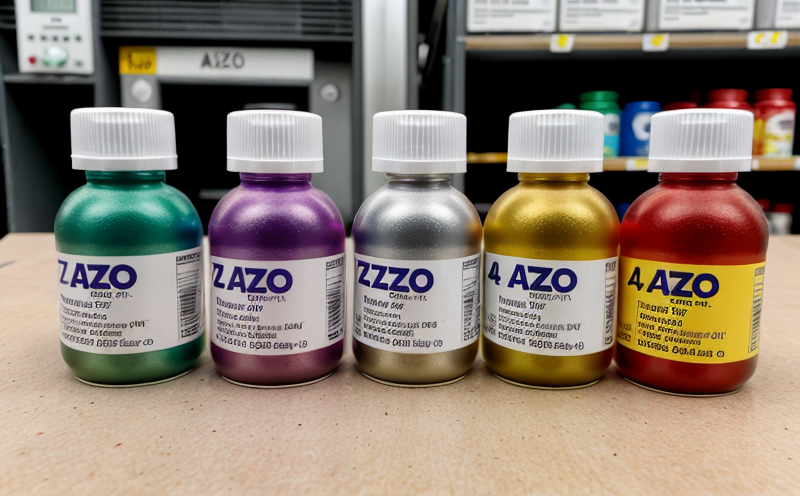Metal contamination screening of recycled textile materials
In today’s sustainability-driven world, the use of recycled textiles is on the rise. This practice not only reduces environmental impact but also creates a circular economy. However, the reprocessing and recycling process can introduce unwanted contaminants, including heavy metals and azo dyes, which may pose health risks if not properly managed. Metal contamination screening serves as an essential quality control measure to ensure that recycled textile materials are safe for use in consumer products.
Heavy metals such as lead, cadmium, chromium, and mercury can accumulate during the recycling process due to their presence in dyes, coatings, and other finishing agents used in the original textiles. These contaminants could leach out into the environment or be ingested through clothing if not addressed adequately. Azo dyes are another concern; certain azo compounds have been linked to carcinogenicity when they undergo reduction during textile processing.
Our comprehensive testing service aims to identify and quantify these potential hazards early in the supply chain, allowing manufacturers to take corrective actions before production begins or products reach consumers. By leveraging advanced analytical techniques like Inductively Coupled Plasma Mass Spectrometry (ICP-MS) and High Performance Liquid Chromatography (HPLC), we offer precise results that meet international standards such as ISO 14025, ASTM D7398, and EN ISO 14681.
The testing process involves several key steps: first, sample preparation where the textile fibers are cleaned and homogenized. Then, specific methods tailored to the type of metal or dye being tested are applied. For instance, if checking for heavy metals, ICP-MS might be used while HPLC would be employed for detecting azo dyes.
- Sample Preparation: Cleaning and homogenizing textile samples
- Analytical Techniques: Utilizing ICP-MS and HPLC depending on the contaminant type
We also provide detailed reports that outline our findings, including concentrations of detected metals or dyes. These reports serve as critical documentation for compliance purposes and help stakeholders make informed decisions about product safety.
Why It Matters
The importance of metal contamination screening cannot be overstated, especially in the context of recycled textiles. Consumers expect products made from sustainable materials to meet rigorous environmental and health standards. Non-compliance can lead to legal repercussions, damage to brand reputation, and loss of consumer trust.
For quality managers and compliance officers, ensuring that recycled textile inputs do not introduce harmful contaminants is crucial for maintaining product integrity throughout the manufacturing process. R&D engineers benefit from this service by gaining insights into material behavior under various conditions which can inform design choices leading to safer final products.
Procurement teams gain peace of mind knowing they are sourcing materials that comply with international regulations and industry best practices. Early detection allows them to address any issues promptly, preventing costly recalls later on. Moreover, adherence to these standards enhances the overall sustainability credentials of companies involved in textile production.
Industry Applications
- Sustainable fashion brands seeking to source eco-friendly materials without compromising quality or safety.
- Recycling facilities looking to ensure their processes do not inadvertently add harmful substances into the recycled feedstock.
- Certification bodies validating claims made by manufacturers regarding the sustainability aspects of their products.
Use Cases and Application Examples
- Supply Chain Monitoring: A global textile manufacturer uses our service to monitor incoming recycled fibers for heavy metal content, ensuring all batches meet stringent limits.
- Product Development: An innovative startup focuses on creating high-performance athletic wear from recycled materials. Our testing ensures their products comply with relevant safety standards.





